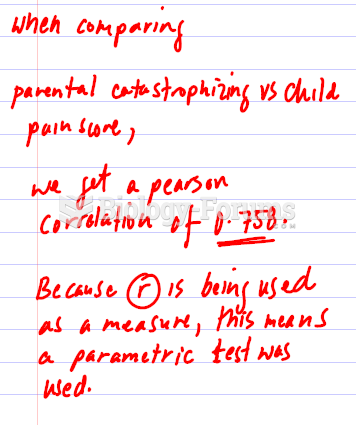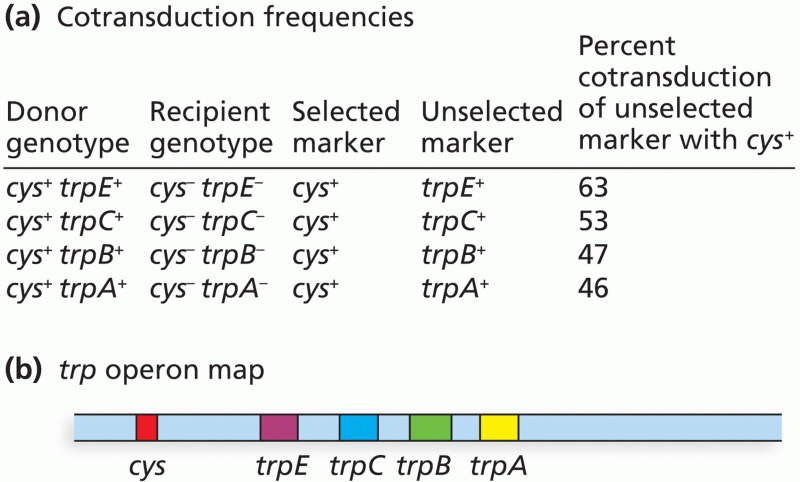|
|
|
Acetaminophen (Tylenol) in overdose can seriously damage the liver. It should never be taken by people who use alcohol heavily; it can result in severe liver damage and even a condition requiring a liver transplant.
It is important to read food labels and choose foods with low cholesterol and saturated trans fat. You should limit saturated fat to no higher than 6% of daily calories.
For pediatric patients, intravenous fluids are the most commonly cited products involved in medication errors that are reported to the USP.
According to the CDC, approximately 31.7% of the U.S. population has high low-density lipoprotein (LDL) or "bad cholesterol" levels.
Certain chemicals, after ingestion, can be converted by the body into cyanide. Most of these chemicals have been removed from the market, but some old nail polish remover, solvents, and plastics manufacturing solutions can contain these substances.
 Anatomically modern humans from the Israeli cave sites of Skhul and Qafzeh may be the earliest found
Anatomically modern humans from the Israeli cave sites of Skhul and Qafzeh may be the earliest found
 Assurnasirpal II Killing Lions, from the palace complex of Assurnasirpal II, Kalhu (modern Nimrud, ...
Assurnasirpal II Killing Lions, from the palace complex of Assurnasirpal II, Kalhu (modern Nimrud, ...





